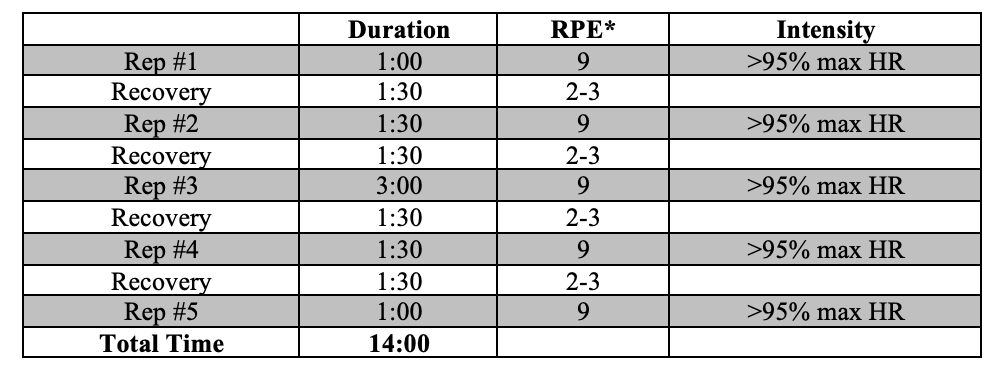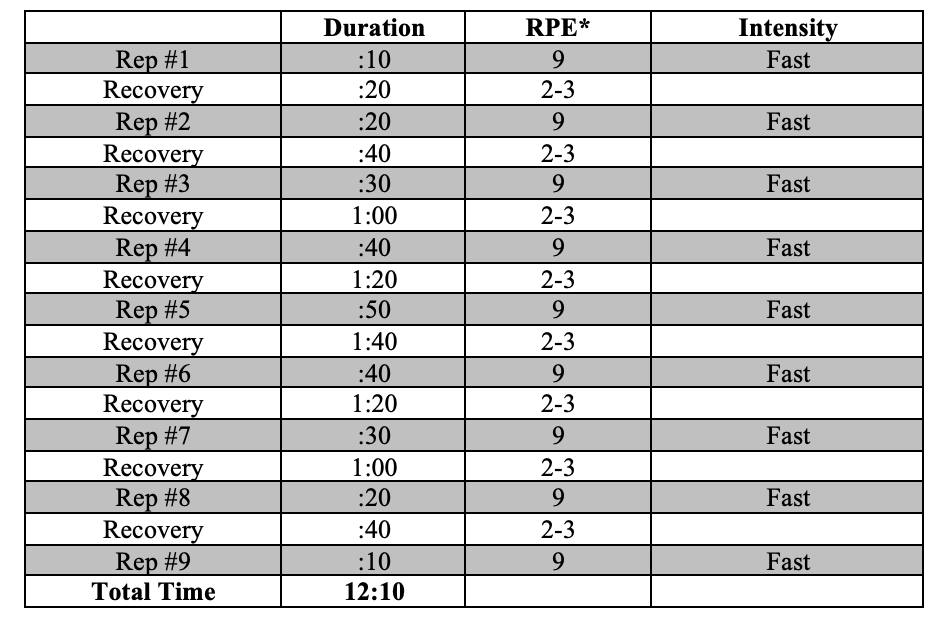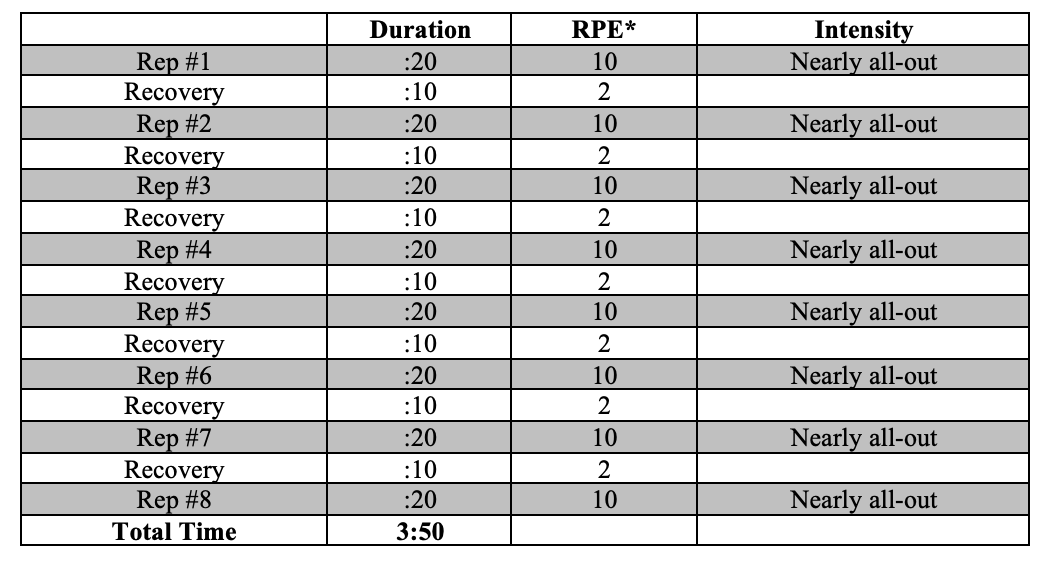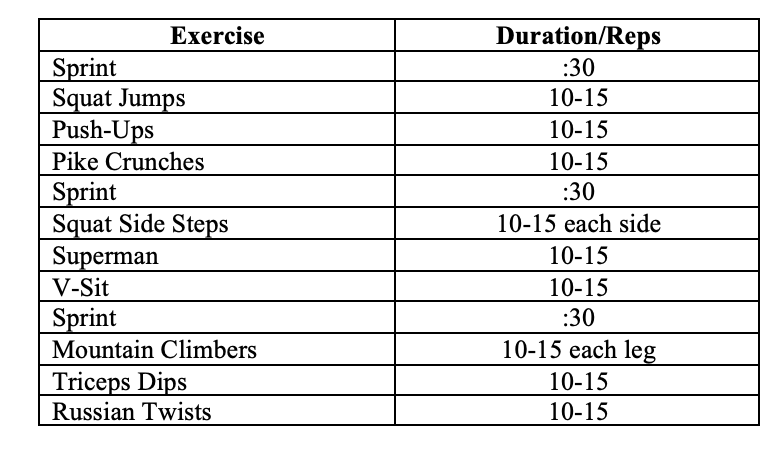 By Jason R Karp, Special AFS Contributor
By Jason R Karp, Special AFS Contributor
Beginning in the seventh grade, I became fascinated with time—specifically how fast it goes and how each year seems to go by faster than the previous year. When I once shared my perception of time with my 90-year-old grandmother, she said, “Just wait until you’re eighty.” I’m still far from eighty, so I can only imagine how fast time will go by then. Even now, each second that comes is gone just as fast, leaving us with only the future and past. The advice to “stay present in the moment” becomes impossible.
Time is perhaps the main influencer of how much people exercise. People claim they never have enough of it. But as Albert Einstein, the expert of time itself, proved, time is relative. “Time has no independent existence,” he said, “apart from the order of events by which we measure it.” In other words, everyone has 14 minutes.
As a personal trainer in a gym a number of years ago, I was talking to one of the members as she rode a stationary bike alongside her workout buddies. While I was explaining how she and her friends could get better results from their workouts, I sensed that she wasn’t listening. Perhaps she didn’t care for the advice of a young, scrawny-looking runner in cotton sweatpants. A few days later, I saw her again when I was about to go for a run. Seeing me for the first time in my running shorts, she enthusiastically asked, “How can I get legs like yours?” Smiling, I joked, “So, you want me for my body rather than for my mind?”
I’ve spent much of the last thirty years appreciating the impact that short workouts can have and creating workouts that can make you extremely fit in a short time.
Everyone wants nice legs. Although it took me a lot longer than 14 minutes to get such nice legs, I’ve spent much of the last thirty years appreciating the impact that short workouts can have and creating workouts that can make you extremely fit in a short time. 14-Minute Metabolic Workouts is the solution to everyone’s time problem, giving you great results in 14 minutes or less.
If you’re a skeptical person like me, you may be thinking, Can I really get fit in just 14 minutes? You bet your biceps and buttocks you can, if you focus and do it right.
Enjoy the time.
VO2max Pyramid

*RPE = Rating of Perceived Exertion on a scale of 1 (easy) to 10 (maximum effort)
Treadmill Triple 3 Hills
3 Reps, 3 Minutes, 3% Grade

Use the same workout speed for each rep and the same recovery speed for each recovery interval. For the reps, choose a speed that is challenging. For the recovery intervals, decrease the speed to a slow jog that enables you to recover before the next rep.
*RPE = Rating of Perceived Exertion on a scale of 1 (easy) to 10 (maximum effort)
Sprint Pyramid

*RPE = Rating of Perceived Exertion on a scale of 1 (easy) to 10 (maximum effort)
True Tabata

Do this workout on a stationary bike and sprint nearly as fast as you can for each 20-second rep. In Tabata’s original research study, subjects cycled at 170% VO2max, which was determined from previous VO2max tests in their laboratory, and they did the workout five times per week for six weeks. Don’t try that at home!
*RPE = Rating of Perceived Exertion on a scale of 1 (easy) to 10 (maximum effort)
Muscular Endurance Upper Body Drop Sets

Decrease the amount of weight after the first set by 5 to 10 pounds and immediately do the next set of 10 reps. Then drop the weight again by another 5 to 10 pounds and immediately do the third set. A 10-second recovery between sets is built into the workout to give you enough time to decrease the amount of weight.
Sprint/Body Weight Circuit

This circuit sequences sprint running with a lower-body exercise, upper-body exercise, and core exercise for a total-body workout. Go immediately from one exercise to the next. Do the circuit once or twice with 2 minutes rest between circuits. If you do this workout in a gym, you can substitute sprint cycling for sprint running. Make the sprint fast and challenging, but not all out.
Upper Body Strength Pyramid

Increase the amount of weight by 5 to 10 pounds as you decrease the number of reps in each set.
A competitive runner since sixth grade, Dr. Jason Karp quickly learned how running molds us into better, more deeply conscious people, just as the miles and interval workouts mold us into faster, more enduring runners. This passion that Jason found as a kid placed him on a yellow brick road that he still follows all these years later as a coach, exercise physiologist, bestselling author of 8 books and 400+ articles, speaker, and educator. He is the 2011 IDEA Personal Trainer of the Year. His REVO₂LUTION RUNNING™ certification has been obtained by fitness pros and coaches in 21 countries.


Join the Conversation!